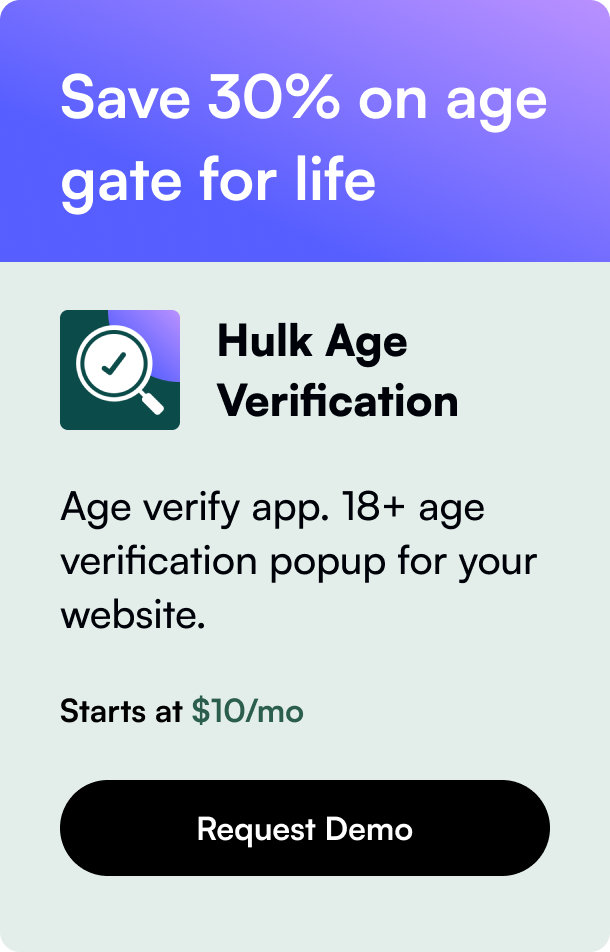Table of Contents
- Introduction
- Why Go Mobile with Shopify Android Integration?
- Launch Your Store on Android – A Step-Step Guide
- Navigating Common Challenges
- Conclusion
- FAQs
Have you ever pondered on the endless possibilities that integrating your Shopify store with an Android app could unlock? In today’s fast-paced e-commerce era, offering a seamless mobile experience is not just about staying ahead in the game; it’s a crucial pivot for survival and growth. In this blog post, we delve into the how-to's and why's of integrating Android apps with Shopify, ensuring that you are well-equipped to cater to the mobile-centric world.
Introduction
Imagine what your business could achieve if it could tap into the hands of millions of Android users. It's no secret that our smartphones are the commanders-in-chief of our daily lives. For a Shopify store owner, the thought of extending their reach to a platform as vast as Android is not only enticing but also business-savvy. In this blog post, we are going to explore the pathways to Shopify Android integration and why it holds the key to elevating your customer’s shopping experience.
Whether you are a developer or a store owner, understanding Shopify's Android Buy SDK is essential. We will be guiding you through each step of the integration process, discussing the benefits, and even touching upon troubleshooting, to ensure your journey into mobile commerce is not just successful but also stress-free.
Prepare to unfold the benefits of going mobile, the essentials of the Shopify Android Buy SDK, and the art of app customization, as we embark on this digital transformation journey. Let's kickstart your Shopify Android adventure.
Why Go Mobile with Shopify Android Integration?
Having a mobile presence is more than just a convenience—it is an expectation from modern consumers. Here are compelling reasons to jump on the mobile commerce bandwagon:
- Ubiquity: With over 2.5 billion active Android devices, introducing a mobile app could expand your reach exponentially.
- Convenience: Shoppers enjoy the ease of browsing and buying on-the-go. A mobile app simplifies this process, potentially increasing your conversion rates.
- Personalization: Mobile apps allow for customized shopping experiences, which can build loyalty and repeat business.
- Speed and Efficiency: Mobile apps are usually faster than web pages, which can improve customer satisfaction and sales.
Launch Your Store on Android – A Step-Step Guide
Embarking on integration can seem daunting, but broken down into steps, it’s a clear path.
Step 1: Getting Ready with the Basics
Before diving into the code, ensure you have: - A Shopify store that's up and running. - Access to Shopify admin. - Basic familiarity with mobile app development, specifically for Android.
Step 2: Setting up the Android Buy SDK
The Android Buy SDK is your bridge to creating a personalized shopping app. Here's how to set up the SDK: - Generate an Access Token: Through the Shopify admin or OAuth, to authenticate API requests. - Make Products and Collections Available: You must specifically make inventory available to your app. - Set up Android App Links: Ensuring a smooth transition between your website and the app.
Step 3: Code with Shopify’s APIs
Shopify utilizes GraphQI, a powerful API query language that will be your go-to for retrieving product information, creating checkouts, and everything in between. - Understand GraphQI: Learn the syntax to effectively harness it for your app. - Query Products and Collections: Use queries to fetch product details and setup checkouts.
Step 4: Creating a Seamless Checkout Experience
A frictionless checkout is critical. You can easily integrate various payment options, including Google Pay, to provide users flexibility and security. - Handling Payments: Offer multiple payment methods for an easier checkout process. - Testing: Rigorously test the checkout process to ensure it’s seamless.
Step 5: Offering Stellar Support
Should you encounter issues, Shopify offers various support routes such as community forums, GitHub issues tracking for the SDKs, and partner development agencies. - Leverage Community Support: Use forums and GitHub for troubleshooting. - Hire a Shopify Expert: For intricate problems, consult a professional.
Step 6: Polish and Submit Your App
Before submission, make sure: - User Interface (UI): Your app’s UI is intuitive and reflective of your brand. - Performance: Test speed and responsiveness. - Compliance: Ensure the app meets Google's Play Store standards.
Navigating Common Challenges
Every technology has its quirks and encounter obstacles is natural. Here’s how to address some common challenges: - API Rate Limits: Shopify enforces API call limits. Be mindful of this during integration. - Payment Gateway Challenges: Test thoroughly to ensure your chosen payment gateways function properly.
Conclusion
Bringing your Shopify store into the Android ecosystem is more than just a strategic move – it’s a transformative push towards capturing a mobile-first customer base. Harness the power of Shopify's Android Buy SDK and empower shoppers with an app that exemplifies convenience, speed, and a personalized touch. The roadmap above aims to steer your integration journey on the Android terrain.
FAQs
Can I manage my Shopify store directly from my Android app?
Absolutely! Shopify provides robust mobile apps for both Android and iOS where you can manage your products, orders, and much more on-the-go.
Is it necessary to have coding knowledge for Shopify Android integration?
While it's possible to use platforms that simplify app creation without extensive coding knowledge, understanding Android app development basics is beneficial, especially for custom storefront experiences.
How can I ensure my app and Shopify store are always in sync?
The Android Buy SDK and GraphQL are designed to maintain synchronization between your store and the app. Regular updates and checks during development and after app deployment are important.
With this certainty and strategic insights, transforming your Shopify store to thrive on Android platforms is certainly within reach. Keep the shopper's experience at the forefront, and your mobile storefront could become the next digital sensation.








